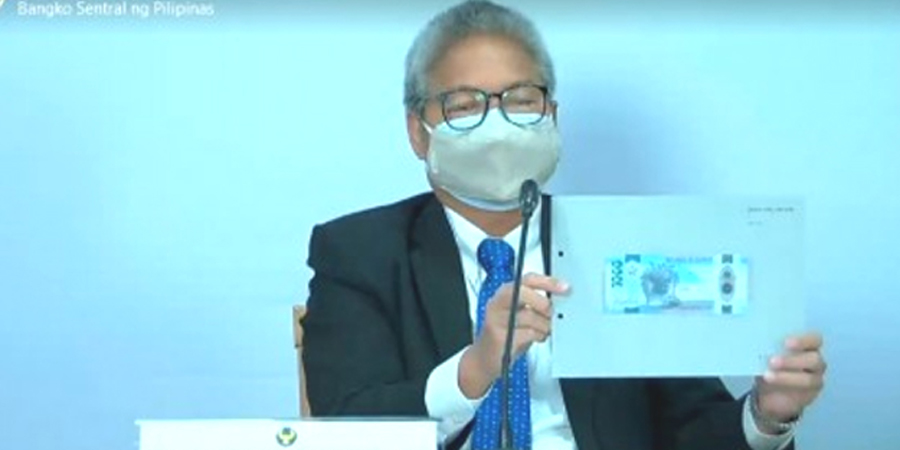
The first batch of Philippine peso banknotes will arrive in the country by April next year, Bangko Sentral ng Pilipinas (BSP) Governor Benjamin Diokno said in a briefing yesterday.
Diokno said the BSP and the Reserve Bank of Australia and its subsidiary Note Printing Australia have reached an agreement for the production of the polymer P1,000 banknotes.
Australia is the first country to issue a full series of banknotes using polymer as material, and it has produced and supplied polymerized banknotes to other countries.
“The P1,000 notes will begin circulating in mid-2022,” Diokno said, adding the Monetary Board has begun discussing possible use of polymer banknotes as early as 2008.
The central bank chief added the polymerized banknotes will be in circulation with the paper banknotes.
BSP deputy governor Mamerto Tangonan said 500 million P1,000 polymer banknotes or P500 billion will be in circulation between 2022 and 2025.
Tangonan said the P1,000 banknote is the bill that is widely circulated, comprising 30 percent of Philippine money in circulation.
“Second reason is among the various denominations we have, it is the denominations that (are) most frequently counterfeited. Not that it’s in danger of losing its security and integrity but among the various denominations, it is the most counterfeited. So, it is best to focus the test in that P1,000 denomination,” he added.
Among the reasons of the central bank for pushing the use of polymer banknotes is the frequent touching and sanitizing objects, including banknotes and coins.
Diokno said polymer banknotes are less susceptible to viral and bacterial transmission, and can be sanitized without damaging the banknotes.
Polymer banknotes are also harder to be counterfeited due to complexity of their printed images and the advanced technology used in incorporating security features.
They are also more durable and could last 2.5 to 4 times longer than paper money as these are water- and dirt-resistant.
Likewise, overall production costs for polymer banknotes are lower and they are more sustainable and environment friendly as they have lower carbon footprint, lower water and energy usage, and less environmental toxicity.*PNA







